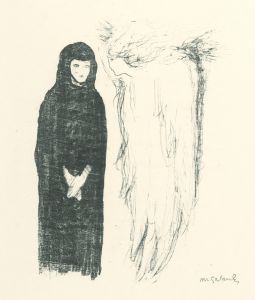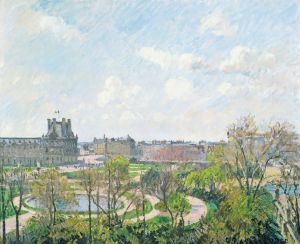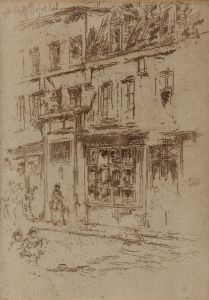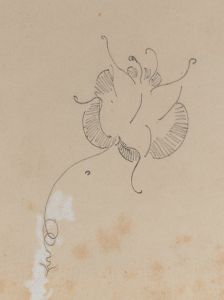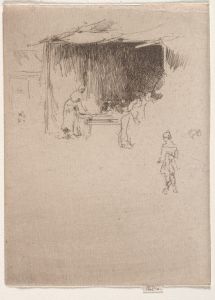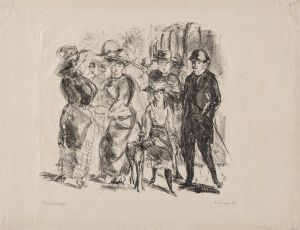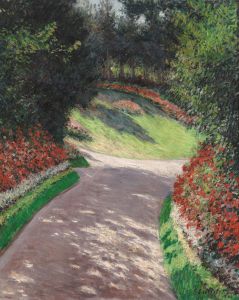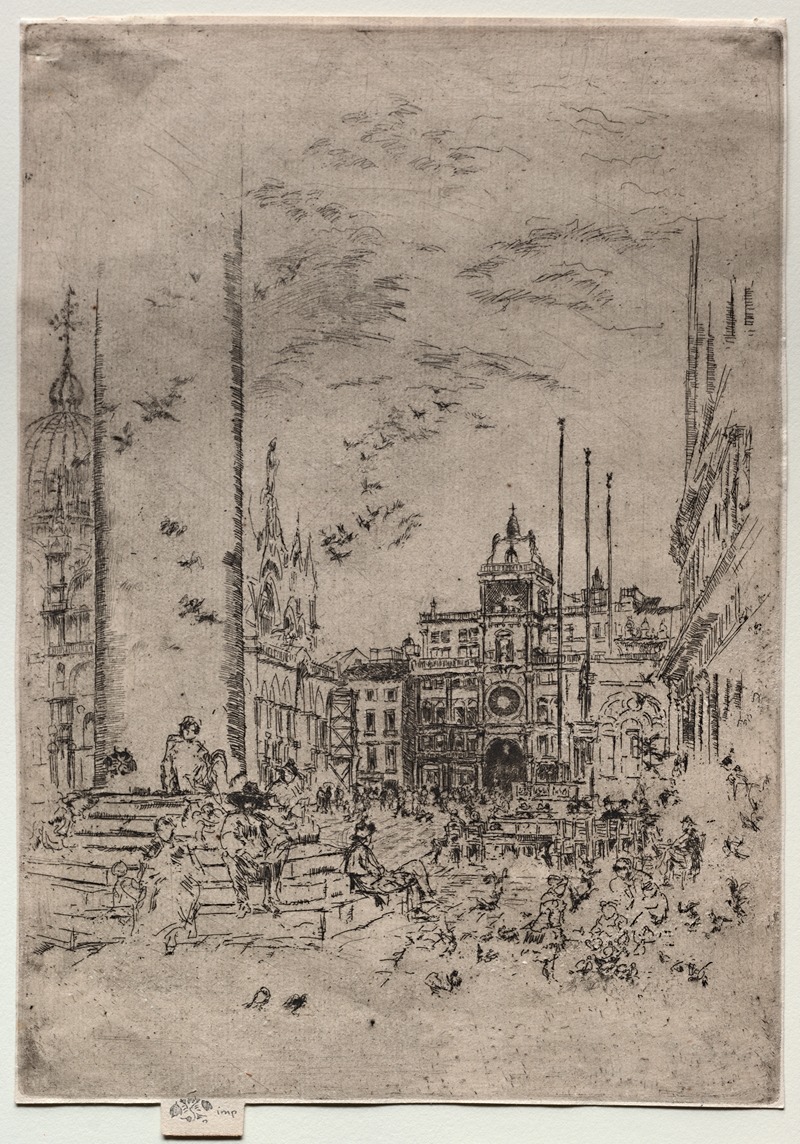
The Piazzetta
A hand-painted replica of James Abbott McNeill Whistler’s masterpiece The Piazzetta, meticulously crafted by professional artists to capture the true essence of the original. Each piece is created with museum-quality canvas and rare mineral pigments, carefully painted by experienced artists with delicate brushstrokes and rich, layered colors to perfectly recreate the texture of the original artwork. Unlike machine-printed reproductions, this hand-painted version brings the painting to life, infused with the artist’s emotions and skill in every stroke. Whether for personal collection or home decoration, it instantly elevates the artistic atmosphere of any space.
James Abbott McNeill Whistler was an American artist known for his paintings, etchings, and lithographs. He was a prominent figure in the late 19th-century art world, particularly known for his contributions to the Aesthetic Movement, which emphasized the visual and sensual qualities of art and design over narrative content. One of his works, "The Piazzetta," captures a scene from Venice, a city that Whistler visited and depicted in several of his artworks.
"The Piazzetta" is an etching created by Whistler during his time in Venice. Whistler traveled to Venice in 1879, initially as part of a commission to produce a series of etchings for the Fine Art Society in London. This trip proved to be a significant period in his career, as he produced a substantial body of work that captured the unique atmosphere and architecture of the city. His Venice etchings are celebrated for their delicate line work and ability to convey the luminous quality of the Venetian light and the intricate details of its buildings and canals.
In "The Piazzetta," Whistler focuses on a specific area of Venice, the Piazzetta di San Marco, which is an extension of the famous Piazza San Marco. This area is flanked by the Doge's Palace and the Biblioteca Marciana and opens onto the lagoon, offering a view of the island of San Giorgio Maggiore. Whistler's etching captures the architectural grandeur and the bustling activity of this iconic Venetian space.
Whistler's approach to etching was meticulous and innovative. He often worked directly on the plate in front of the subject, capturing the scene with a keen eye for detail and composition. His Venice etchings, including "The Piazzetta," are noted for their atmospheric quality, achieved through his use of line and his ability to suggest light and shadow. Whistler's technique involved varying the density of lines to create depth and texture, a method that allowed him to convey the intricate play of light on water and stone that is characteristic of Venice.
"The Piazzetta" is part of Whistler's "Venice, a Series of Twelve Etchings," also known as the "First Venice Set," which was published in 1880. This series was well-received and helped to reestablish Whistler's reputation as an artist after a period of financial and personal difficulties. The etchings were praised for their beauty and technical skill, and they played a significant role in the revival of interest in etching as an art form during the late 19th century.
Whistler's work in Venice, including "The Piazzetta," reflects his belief in "art for art's sake," a principle that guided much of his artistic philosophy. He sought to create works that were appreciated for their aesthetic qualities rather than their narrative content. This approach is evident in "The Piazzetta," where the focus is on the interplay of light, architecture, and atmosphere, rather than on any specific story or event.
Overall, "The Piazzetta" exemplifies Whistler's mastery of etching and his ability to capture the essence of a place through his art. His Venice etchings remain an important part of his legacy and continue to be admired for their beauty and technical excellence.





